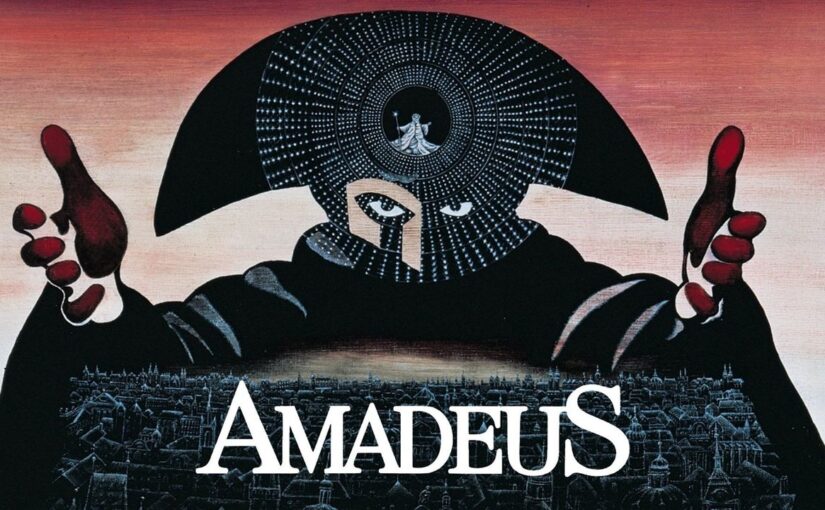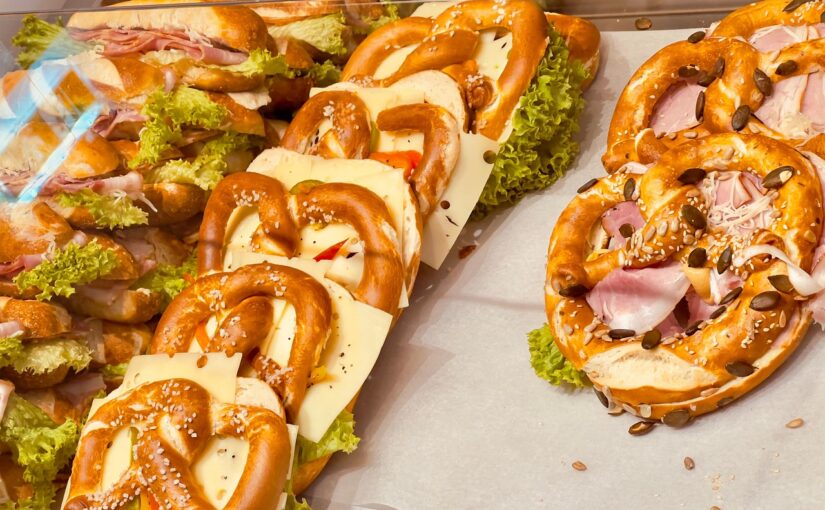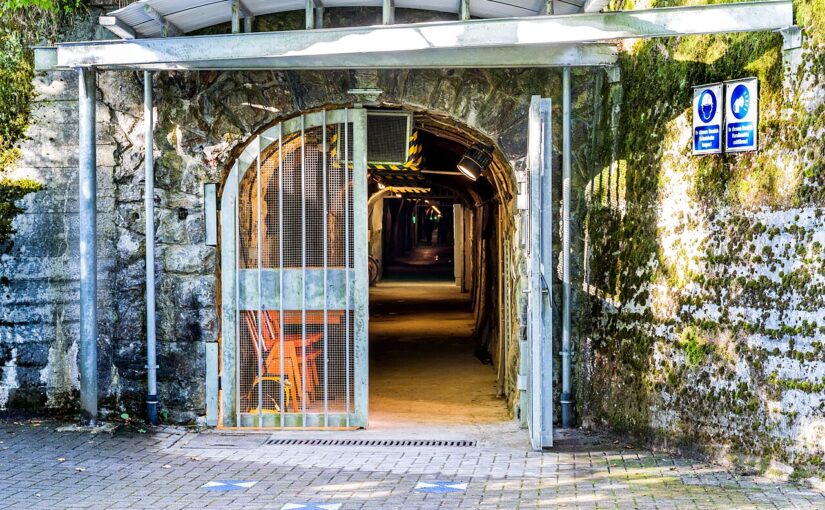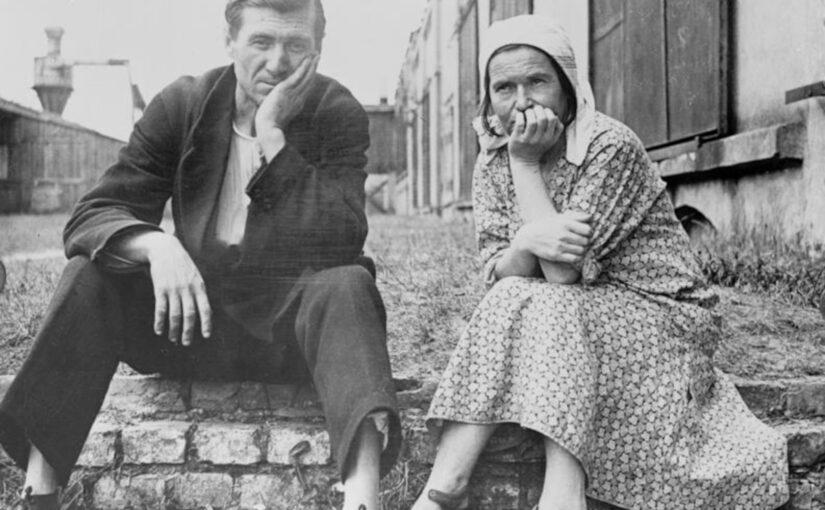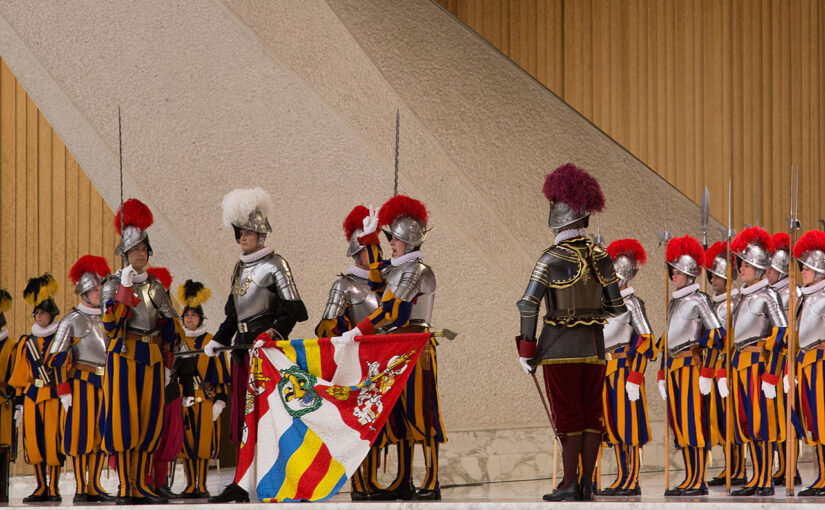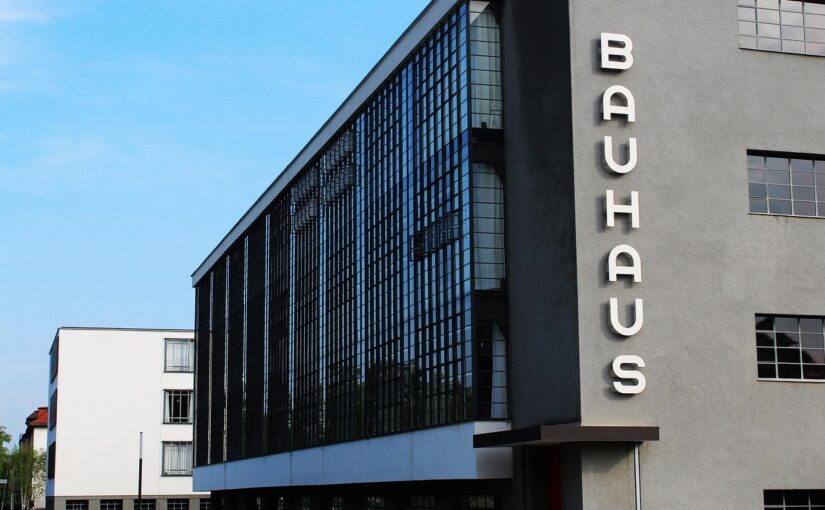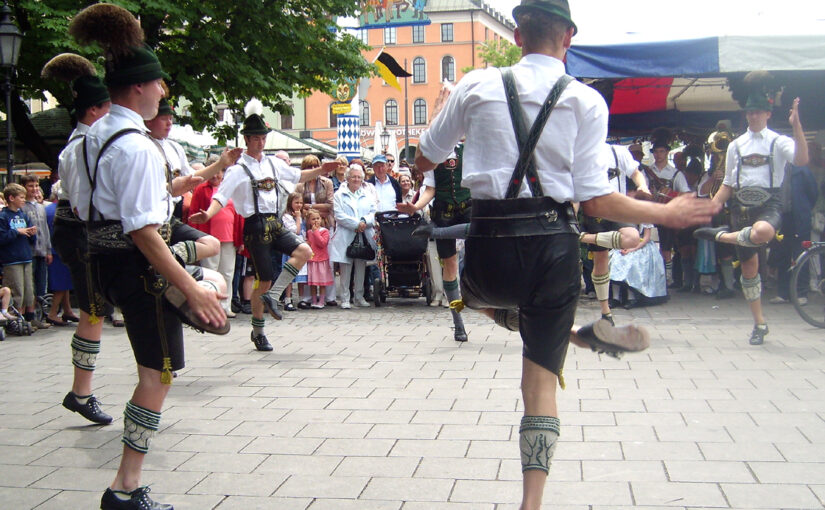In a quiet corner of a regional museum in central Texas, shelves lined with dusty audio reels hum softly under the glow of preservation lights, capturing echoes of voices long faded from daily life. These recordings preserve fragments of speech that once filled farmsteads and town squares, now preserved against the tide of time. Such scenes underscore the urgent work of dialectology, where endangered German dialects cling to existence through dedicated archival efforts.
Continue reading Lost Dialects: Reviving Forgotten German SpeechwaysMonth: October 2025
Amadeus: A Timeless Cinematic Ode to Genius and Rivalry in the Heart of German Culture
In the grand tapestry of cinema, few films capture the electric clash of genius and envy as vividly as Amadeus. Directed by the visionary Miloš Forman and released in 1984, this American drama plunges viewers into the opulent world of 18th-century Vienna, where the prodigious talents of Wolfgang Amadeus Mozart collide with the tormented ambitions of Antonio Salieri. For enthusiasts of German culture, the Mozart film holds a special allure. It not only revives the splendor of the Habsburg Empire but also weaves a narrative that echoes the myths and melodies central to European heritage. As we revisit this masterpiece four decades later, Amadeus stands as a bridge between historical fact and dramatic invention, inviting us to ponder the human cost of artistic brilliance.
Continue reading Amadeus: A Timeless Cinematic Ode to Genius and Rivalry in the Heart of German CulturePretzels and Hamburgers – German Food Worldwide
In the vast tapestry of global cuisine, few items evoke the hearty spirit of Germany quite like the pretzel and the hamburger. These humble staples, born from centuries of tradition, have journeyed far beyond their origins to become beloved icons on dinner tables and street corners around the world. Their stories intertwine history, migration, and innovation, revealing how simple ingredients can carry profound cultural weight.
Continue reading Pretzels and Hamburgers – German Food WorldwideThe Barbarastollen: Germany’s Underground Guardian of History
Deep beneath the mist-shrouded peaks of the Black Forest, where ancient pines whisper secrets to the wind and legends of witches and wanderers linger in the shadows, lies a hidden vault that safeguards the very soul of a nation. Tucked into the rugged flanks of the Schauinsland mountain near Freiburg im Breisgau, the Barbarastollen, or Saint Barbara Tunnel, stands as an enigmatic testament to Germany’s enduring reverence for its cultural legacy. This disused mining tunnel, transformed into a fortress of memory, holds the microfilmed essence of centuries of history, art, and literature, protected from the perils of war, catastrophe, or time itself. For those fascinated by German culture, the Barbarastollen is more than a repository; it is a subterranean sanctuary that embodies the resilience of a people who have learned, through the scars of the twentieth century, the irreplaceable value of their heritage.
Continue reading The Barbarastollen: Germany’s Underground Guardian of HistoryThe Curious Case of “Denglisch”: German Words That Sound English But Aren’t
Imagine ordering a “handy” device in an American electronics store, only to have the clerk hand you a Swiss Army knife because, in English, “handy” simply means useful or convenient. This kind of mix-up is the everyday reality of Denglisch, a playful term for the mash-up of German and English that peppers the German language. Germans often coin words that mimic English sounds and structures, creating false friends that baffle native speakers abroad. These linguistic hybrids reveal the quirky side of how languages evolve in a globalized world, turning simple conversations into comedy sketches.
Continue reading The Curious Case of “Denglisch”: German Words That Sound English But Aren’tUnlocking German with the Goethe-Institut: A Journey from Beginner to Fluent Speaker
Learning German can feel like embarking on an epic adventure through a land of precise grammar, rich literature, and vibrant culture. For millions around the world, the Goethe-Institut stands as a trusted guide on this path, offering structured programs that turn curiosity into confidence. Whether you are just starting with basic greetings or aiming for advanced conversations about philosophy and politics, the institute’s resources make the process accessible and engaging.
Founded in 1951 and named after the legendary writer Johann Wolfgang von Goethe, this non-profit organization has grown into a global network with over 150 branches in 98 countries. It promotes the German language not just as a tool for communication but as a bridge to understanding Europe’s heart. The Goethe-Institut’s mission extends far beyond classrooms; it weaves language learning into cultural experiences that inspire lifelong passion. If you have ever dreamed of ordering a Kaffee und Kuchen (KAHF-fay oont KOO-khen) in Berlin or debating Goethe’s works in a Munich café, their programs provide the foundation.
Continue reading Unlocking German with the Goethe-Institut: A Journey from Beginner to Fluent SpeakerGerman Remains the Most Widely Spoken Language in Europe
German continues to assert its position as the most widely spoken language in Europe, with 94 percent of its global speakers residing on the continent. This enduring dominance persists despite the upheavals of two world wars and the rise of English as a lingua franca. The Fourth Report on the Status of the German Language, a comprehensive study by a team of 22 scientists from the Union of German Academies of Sciences and Humanities in collaboration with the Darmstadt Academy for Language and Literature, underscores this resilience. Presented at the Berlin Academy of Sciences in September 2025, the report examines German’s role across 15 European countries, highlighting both its institutional strength and the nuanced challenges it faces in multilingual settings.
Continue reading German Remains the Most Widely Spoken Language in EuropeColorful Sentinels of Faith
Every year, millions of visitors flock to Vatican City, captivated by the vibrant Renaissance uniforms of the Swiss Guard that seem plucked from a historical painting. These striking blue, red, and yellow ensembles, complete with plumed helmets and gleaming halberds, create a spectacle of ceremonial pageantry during papal audiences and processions. Yet behind this visual allure lies the world’s oldest active military force, a corps of unwavering loyalty that has protected the Pope since 1506, embodying centuries of European tradition and resilience.
Continue reading Colorful Sentinels of Faith100 Years Bauhaus: A Century of Modern Design and Architecture
Imagine a world rebuilt from the ashes of war, where artists dared to blend beauty with everyday utility. That spark ignited in 1919, when the Bauhaus school opened its doors in Weimar, Germany. Fast forward to 2019, and the centenary celebrations lit up cities across the country, honoring a movement that reshaped how we live, work, and create. Founded by architect Walter Gropius amid the chaos of post-World War I Europe, the Bauhaus lasted just 14 years before Nazi pressure forced its closure in 1933. Yet its ideas endure, influencing everything from sleek skyscrapers to the chair you’re sitting in. What made this short-lived school so revolutionary? Let’s dive in.
Continue reading 100 Years Bauhaus: A Century of Modern Design and ArchitectureThe Rhythmic Heartbeat of the Alps: Discovering the Schuhplattler Dance
Imagine a crisp evening in the Bavarian Alps. The air is filled with the lively twang of accordions and the deep resonance of alpine horns. Suddenly, a group of dancers bursts into motion. Their feet stomp the wooden floor in perfect unison, hands slapping against leather shoes and thighs with sharp, echoing cracks. The rhythm builds, a symphony of claps, slaps, and shouts that pulls you into the whirl of tradition. This is the Schuhplattler, a dance that captures the spirit of mountain life: energetic, communal, and utterly captivating. For centuries, it has echoed through the valleys of southern Germany and Austria, a vibrant expression of joy and heritage. If you’ve ever wondered about the folk dances that define European Alpine culture, the Schuhplattler stands out as a masterpiece of rhythm and storytelling, inviting everyone to feel the pulse of the past.
Continue reading The Rhythmic Heartbeat of the Alps: Discovering the Schuhplattler Dance